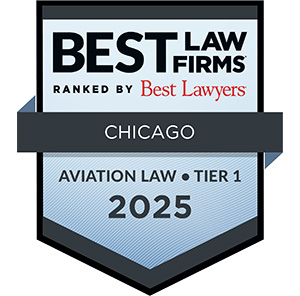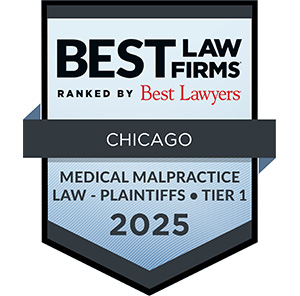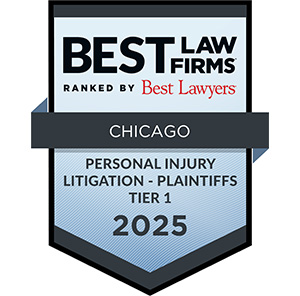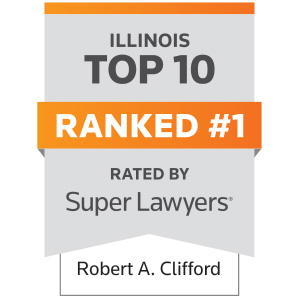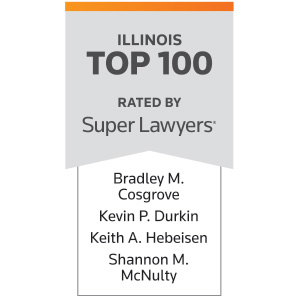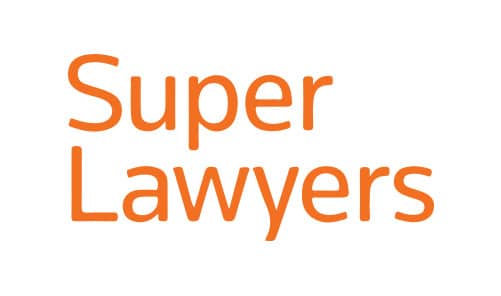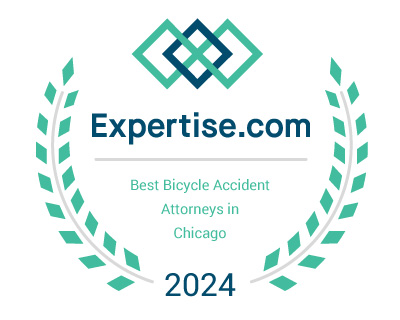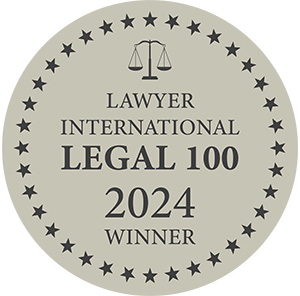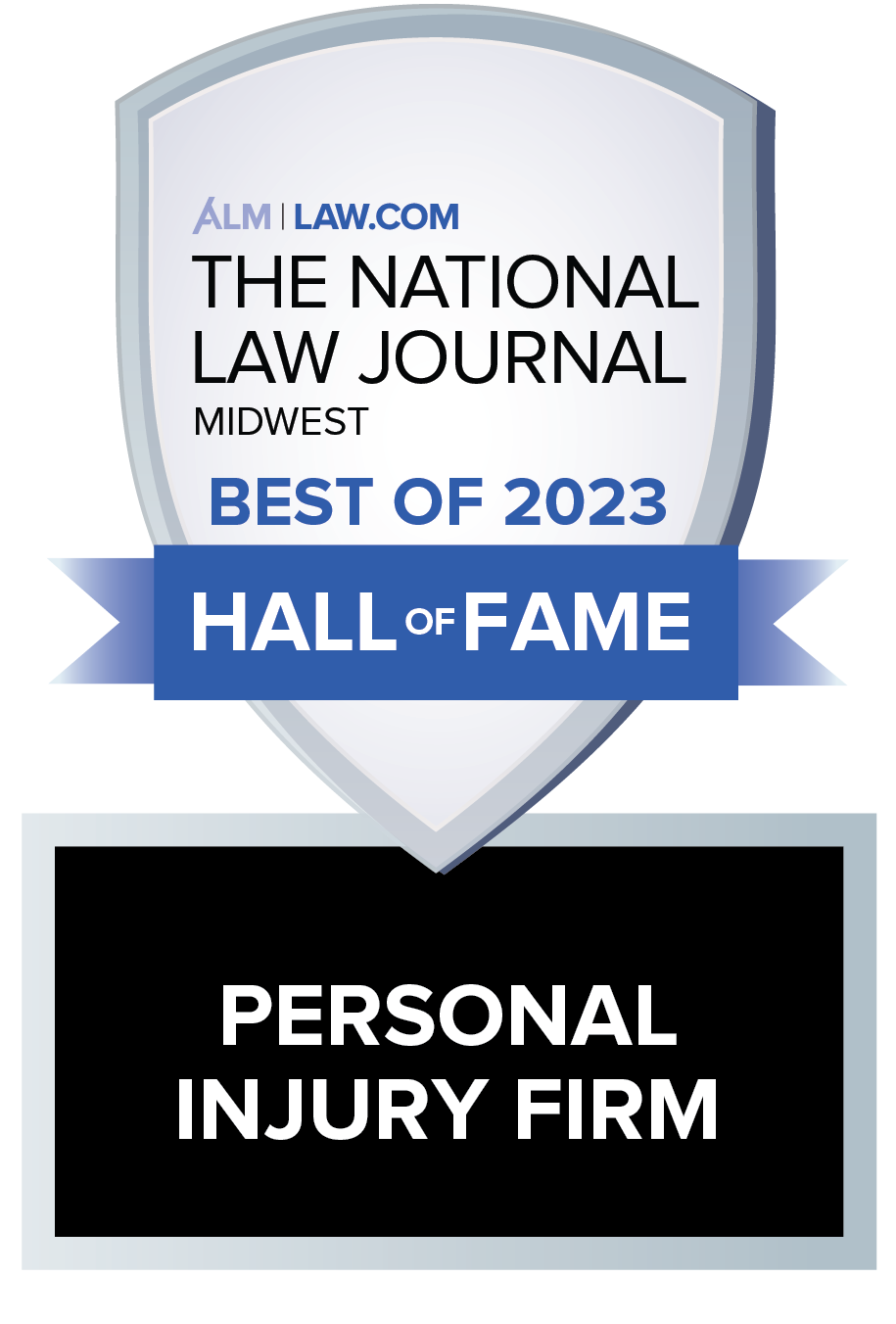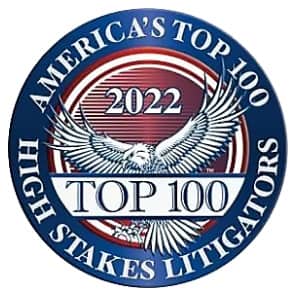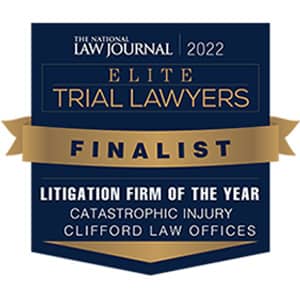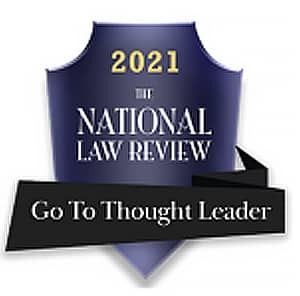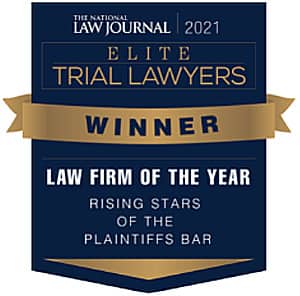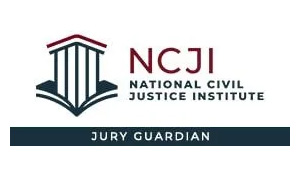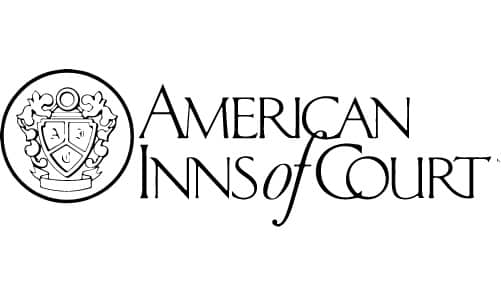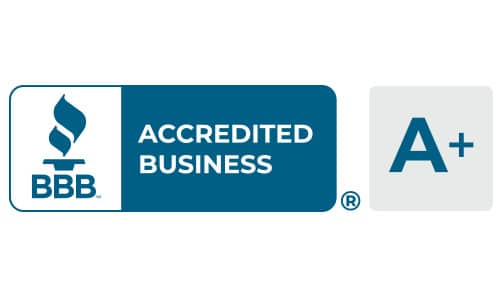Clifford Law Offices has a unique perspective on issues of public safety that stem from its extensive history of handling the most challenging and tragic cases arising from serious public safety threats across numerous practice areas. Our involvement in high-profile and controversial cases that directly impact overall public safety permits us to demand policy change from a position of authority with the knowledge, experience, and reputation to effectively advocate for thoughtful change. Clifford Law Offices has contributed greatly to numerous public safety improvements, including new guidelines and regulations, that hold corporations and government entities accountable for harmful conduct.
Clifford Law Offices’ attorneys do more than litigate their cases — our attorneys embrace the role of safety advocate for their clients and work with them to highlight and obtain necessary policy adjustments that appropriately regulate our rapidly changing society and commercial landscape influenced by population growth, technological advancement, and environmental changes.
1987 – Chicago High-Rise Fire
The case involving Nancy Clay, a 31-year-old woman who died of smoke inhalation in a Chicago high-rise when firefighters were unable to reach her, despite her many calls for help, raised the public’s consciousness about two primary issues: the operation of the 911 system and the adequacy and effectiveness of the city’s response to a high-rise fire. The case led to significant changes in Chicago’s emergency response system.
1989 – United Flight 232
As a result of our litigation work involving United Airlines Flight 232 which crash-landed in Sioux City, Iowa, after the catastrophic failure of its tail-mounted engine, the FAA issued Airworthiness Directives, mandating inspections on the fan blades of the General Electric CF6 engine. Modifications of the hydraulic systems on the DC-10 were also required to prevent total loss of hydraulic power in the event of a similar incident. The crash also led to the addition of redundant safety systems in all future aircraft and changed the way engine inspections are performed.
1994 – American Eagle Flight 4184
The litigation involving the crash of American Eagle Flight 4184, which was bound from Indianapolis to O’Hare International Airport when it suddenly rolled and plunged to the ground near Roselawn, Indiana. The crash led the National Transportation Safety Board to urge tighter regulations on flights by commuter aircraft in icing conditions.
1995 – Metra Train Accident
Rachel Barton Pine was severely injured while exiting the Metra commuter train when the doors closed on the strap to her violin case, pinning her left shoulder to the train. The doors, which were controlled remotely and had no safety sensors, failed to reopen, and she was dragged 366 feet by the train before being pulled underneath and run over, severing one leg and mangling the other. After extensive litigation, the jury ruled in Pine’s favor, prompting Metra to change its conductor safety procedures to include a “second look” – in which a conductor must allow all passengers to get on board, close all doors but his own, and then take a second look before closing his own door.
2001 – 9/11 Victims’ Compensation Fund
Robert A. Clifford served as liaison counsel for 9/11 property damage clients. In addition to the $1.2 billion in subrogation settlements achieved, this case is historic because it prompted a change in the law on the federal court’s subpoena power, which previously extended only 100 miles from the court, and now, as a result of the efforts of Mr. Clifford and his team, provides for national subpoena power. This change in the law was integral to the case because it allowed the Clifford Law Offices’ team to take the deposition of a key person – the ticket agent who let one of the terrorists through airport security – which was critical in demonstrating that checkpoint screenings at airports were decreasing while terrorism was on the rise. “I pretty much gave up my practice for the next year,” Robert A. Clifford says. “We helped the Justice Department write the regulations for the 9/11 Victims’ Compensation Fund, among other things.”
2001 – United Airlines Flight 585 crash in 1991 and the USAir Flight 427 crash in 1994
The culmination of Clifford Law Offices’ litigation and advocacy work involving the United Airlines Flight 585 crash in 1991 and the USAir Flight 427 crash in 1994 contributed to a change in the rudder design of 737 jetliners that increased passenger safety.
2002 – John Hancock Building Scaffolding Collapse
Clifford Law Offices represented victims and those who lost loved ones when high winds caused part of a 25-foot aluminum scaffold to fall from the forty-third floor of the John Hancock Center onto Chestnut Street, crushing three cars. As a result of the litigation, the city code regarding scaffolds was changed in July 2002. Prior to this tragedy, the city did not require permits for scaffolds, mandating only that they be “so constructed as to ensure the safety of persons working on or passing under or passing by the scaffold.” The new code stipulated stronger requirements for scaffold design and construction and mandated training courses for those erecting and working on scaffolds.
2003 – Cook County Government High Rise Building Fire (69 West Washington)
In October of 2003, a fire broke out in a downtown Cook County government high-rise where six people who were trapped in a stairwell died of smoke inhalation. The families of the majority of those who died turned to Robert A. Clifford — and right away he started advocating for change. “Now the Chicago Fire Department has increased the physical fitness requirements for its firefighters, changed how they search for victims in a high-rise fire, increased staffing levels and what equipment is brought to the
scene of such fires, and improved the communications between firefighters inside the building and those outside,” Clifford says. “All this has happened because of the criticisms we pelted on the fire department during the investigation.” In addition, improvements were made to Chicago’s 911 response system and stairwells are no longer locked in high-rise buildings during fires.
2003 – Porch Collapse Case
A porch balcony gave way during a party, killing 13 people and injuring 57 others. Clifford Law Offices represented a number of those victims who were injured or the families of those who were killed and ultimately led to a tightening of Chicago ordinances and greater inspection of porches attached to buildings.
2019 – Boeing 737 MAX8
When the second Boeing 737 MAX8 airplane crashed shortly after takeoff less than five months after a similar crash in the Java Sea, Clifford Law Offices quickly moved to the forefront of the litigation. Representing families of 68 of the passengers killed in Ethiopia, Robert A. Clifford was appointed lead counsel in the consolidated litigation filed in federal district court in Illinois. The families banded together in their outrage at Boeing as the aircraft was grounded worldwide. Determined to make future passengers aware of the dangers that Boeing’s culture of concealment had hidden from government officials as well as the public, families continued to press to keep the 737 MAX8 in the news until safety design changes were made. After 20 months, the longest grounding of a jetliner in the history of U.S. aviation, the plane was recertified to fly in the U.S., with the requirement of pilot training and mandatory changes to the aircraft. FAA Administrator Steve Dickson said the plane is “the most heavily scrutinized airplane in transport aircraft history.” The crashes also forced the FAA to “reset” its relationship with Boeing and to collaborate more closely with other nations, Dickson said. Boeing’s Chief Executive Officer who was replaced admitted many “hard lessons” were learned.







